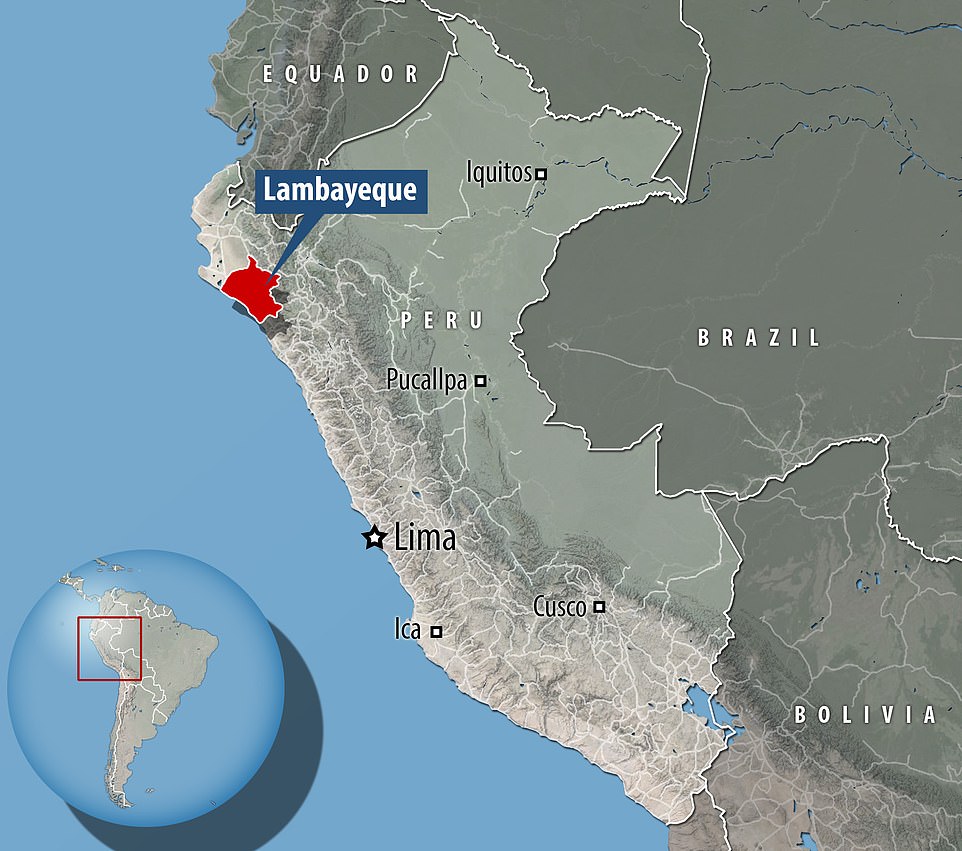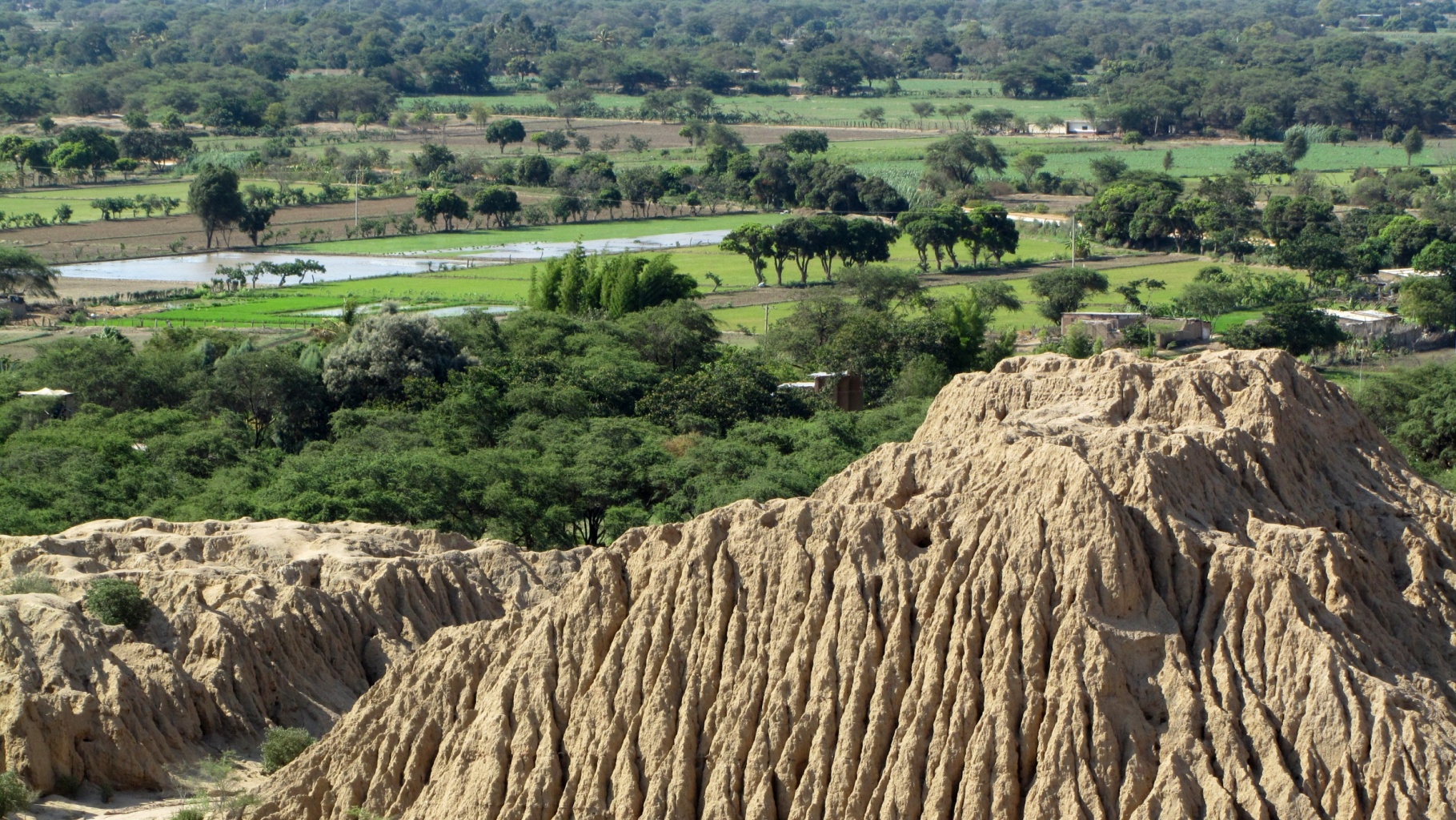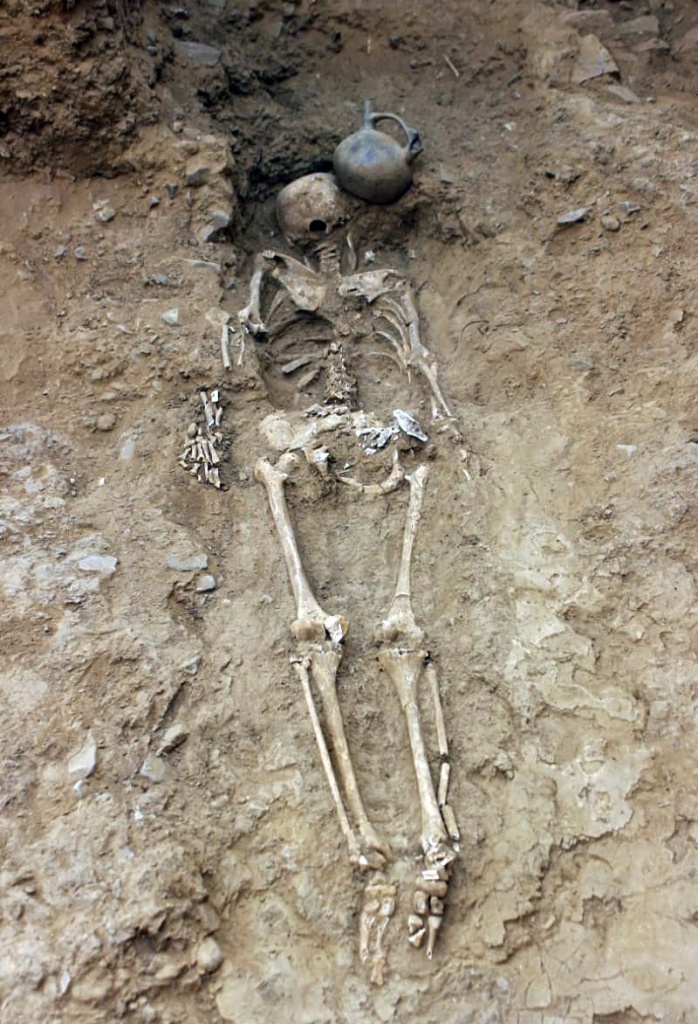

The unique 3,000-year-old megalithic temple of Mochica culture that was before the Inca Empire, was found by archaeologists in Lambayeque, the world famous Valley of the Pyramids, near the Zaña River, about 800 km from the capital of Peru, Lima.

“Our discovery is unique, because it is the only megalithic architecture in Lambayeque,” said the head of the team, the renowned scientist Walter Alva. The data obtained amazed archaeologists - it turned out that the temple was dedicated to the cult of water. It was here that the rituals of water worship and prayers were held to send rain to the earth and high water to the nearby rivers, because, as in our days, this area suffered from constant droughts. There are characteristic openings in the altar similar to those found in other water temples of that period. This became the basis for the conclusion that the temple was used to perform rituals of water worship at the time when it was considered divine.
In addition, archaeologists have discovered 21 tombs surrounding the temple that date back to between 1,500 BC to 292 AD. A range of artefacts - ceramic and metal objects made in different periods - were found in the graves, including a much later Inca period. According to experts, many of these graves were used several times.


The ruler was in richly decorated clothes and exquisite jewelry and were well-preserved, so it was possible to reconstruct the appearance of the people found in the graves. Thanks to the DNA analysis, it was possible to establish such characteristics of the Sipan ruler as the color of his skin, his lips, hair, eye color and other features of his appearance. In addition, it was possible to establish his age and negative Rhesus blood group, unusual for those places.
Alve also had the honor of discovering several frescoes in Peru in 2007 dating back 4,000 years. One of them - the image of a deer caught in the net is considered the oldest wall painting in America.
From the history of the Valley of the Pyramids
The Lambayeque Valley is considered the ‘Egypt of Latin America’. It is famous for its rich archaeological finds and a large number of cultural monuments that existed prior to the Inca times. Near the town of Chiclayo in northern Peru, there are about 250 pyramids. They are not as impressive as the Mexican or Egyptian ones, but their number is amazing. Here, archaeological excavations are still underway, and researchers still find undisturbed graves.
A Native American legend says that in ancient times, a man of great courage and extraordinary mind named Naimlap came here with a large fleet of balsa rafts, he founded a new civilization here and became the founder of the new Lambayeque culture. It was replaced by the culture of Mochica, and then Chimu. In an era of greatest expansion, Chimu's influence spread to the Ecuador’s borders in the north and to Lima in the south. Chimu were excellent artisans and husbandmen, and were also famous for their magnificent gold jewellery. Later, the Chimu were conquered by the Incas, who, in turn, fell under the onslaught of the Spanish conquerors. It is noteworthy that it was in the town of Lambayeque that Peru declared independent on December 27, 1820, that is why it is also called the ‘Cradleland of Liberty’.

The findings made by archaeologists on the pyramids suggested that a ruler lived on each pyramid. Apparently, rulers from all over the region lived here - each on his own pyramid. For the people of Lambayeque, these magnificent structures resembled the mountains, and the rulers living on them were the representatives of the gods.
At that time, the region suffered severely from climatic disasters associated with the El Niño phenomenon. Floods, sandstorms, droughts - people believed that they had incurred the wrath of the gods, that their town was cursed. With the help of fire, they tried to purify themselves, to get rid of the curse. Therefore, leaving for a new place, they set fire to the old pyramids. In their new place, they built more and more pyramids, hoping to gain the approval and protection of the gods.
The arrival of the Spanish conquerors at the beginning of the 16th century and the assassination of the Inka Qhapaq (Great Inca), to whom these territories obeyed at that time, finally convinced the inhabitants of Túcume that the gods were furious. The people made their last attempt to propitiate the gods. 119 people were sacrificed at the foot of the main pyramid of the town of Túcume. The nature of the wounds and the position of the skeletons allowed the scientists to restore the sacrifice procedure. Before killing people, they were hocused with the Amala plant seeds. Their bodies were paralyzed, but they remained conscious, and the victims understood what was happening to them, but could not resist. Cutting the victim's throat, the ‘powwow’ (priest) cut his chest and pulled out his heart. Realizing that the gods had not tempered justice with mercy, people left the town and the Valley of the Pyramids was abandoned for a long time ...
